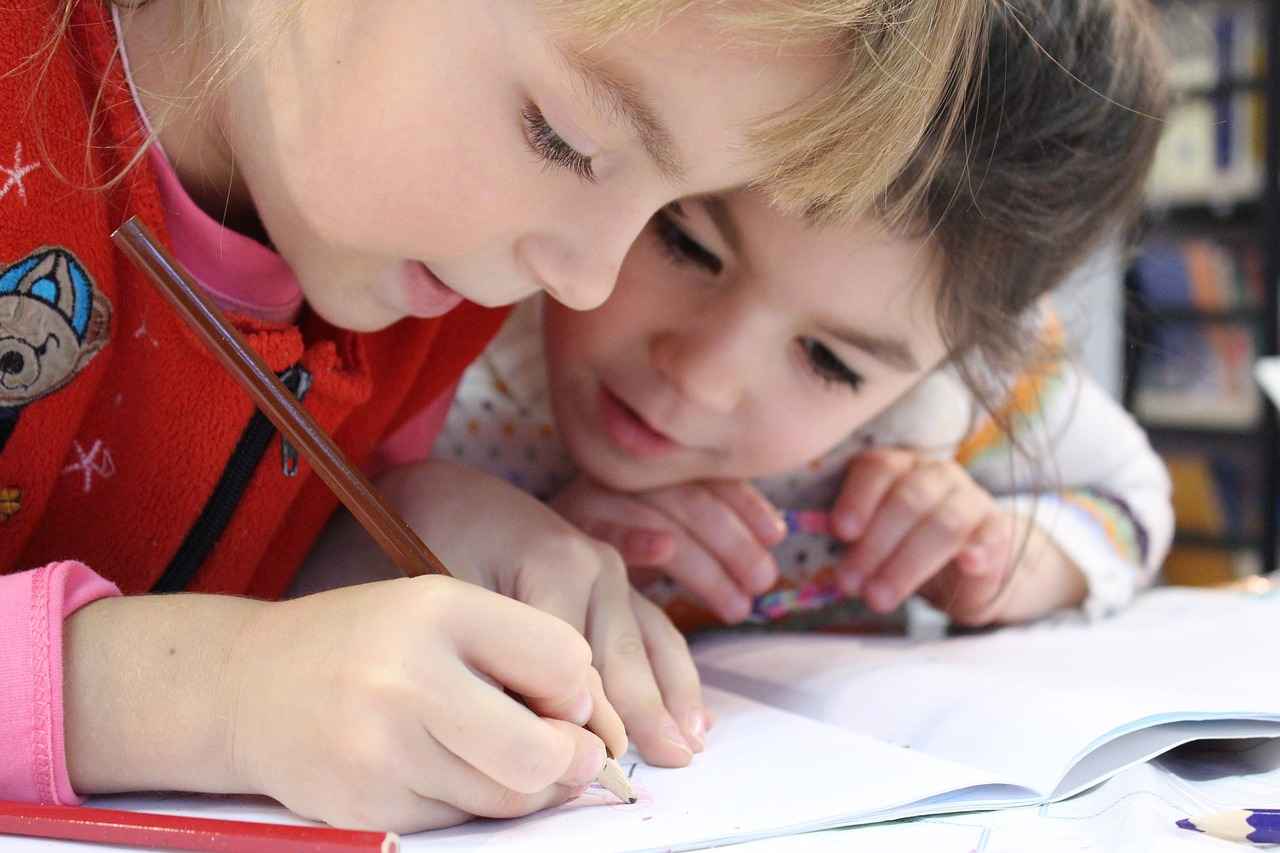How has the teaching of science in schools changed over the decades? Much research has been conducted into students’ learning of the sciences, with
How has the teaching of science in schools changed over the decades?
Much research has been conducted into students’ learning of the sciences, with the main challenges to education being preconceptions, knowledge organization, and metacognition (thinking about thinking). Much change in educational approach to the sciences has been informed by research into these areas and the development of methods that assist students in gaining skills in these areas.
Although originally introduced as a linear course, A-levels were changed in 2000 such that the natural sciences now consist of six modules that are examined individually. Science GCSEs were also changed in 2006, so students receive separate grades for each subject and can choose one of two electives, focusing on academics and vocational elements, respectively. The GCSE option ’21st Century Science’ was also introduced, to inspire students to become more engaged with science.
Secondary education in science is not the only target of improvement, in 2010, the Royal Society issued its “State of the Nation” report, which gave the worrying information that no more than 5% of primary school teachers had a significant background in science or mathematics. As such the Royal Society is advocating for a science ‘specialist’ teacher to be available in every school.
Is teaching as effective now as it was before? Has it improved?
There is much emphasis on attracting the best teachers to science and maths, with up to £20,000 bursaries for maths, physics, and chemistry student teachers announced by the government this year.
On average, A-level results for all subjects have consistently improved over the last two and a half decades, but whether this is due to improved teaching methods or grade inflation is the focus of much debate.
There have been calls for those students who show an aptitude for science to be enrolled for Triple Science at GCSE automatically, as those with such aptitude often do not choose to take up the option.
Are the sciences still popular in schools or are fewer people taking science subjects now?
With over 40 percent of employers reporting that they are finding it difficult to recruit employees with sufficient skills in science, technology, engineering, and maths, it is no wonder that students are being encouraged to study the sciences. This approach appears to be paying off, with 40 percent more students taking maths at A-level and 20 percent more studying physics and chemistry than five years ago – all while A-level student numbers have only increased by 7.7 percent. However, this only brings physics back to the level it was at in 2002, according to the Campaign for Science & Engineering in the UK.
The difference between the number of boys and girls studying science at schools has increased, despite more girls taking science at A-level, however, girls are more likely to achieve the highest grades. The type of school attended also makes a difference, with students at comprehensive much less likely to study the sciences at A-level.


COMMENTS